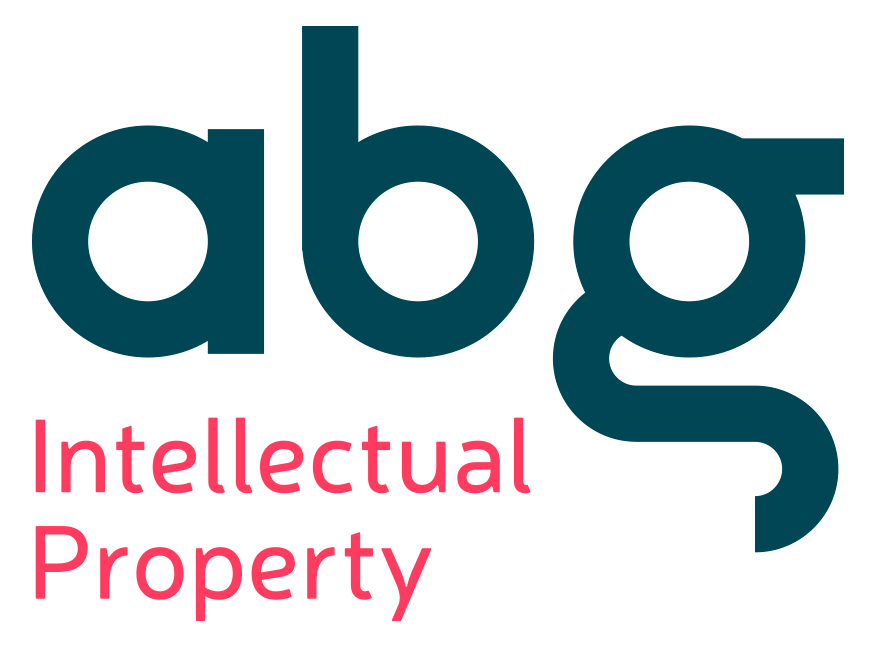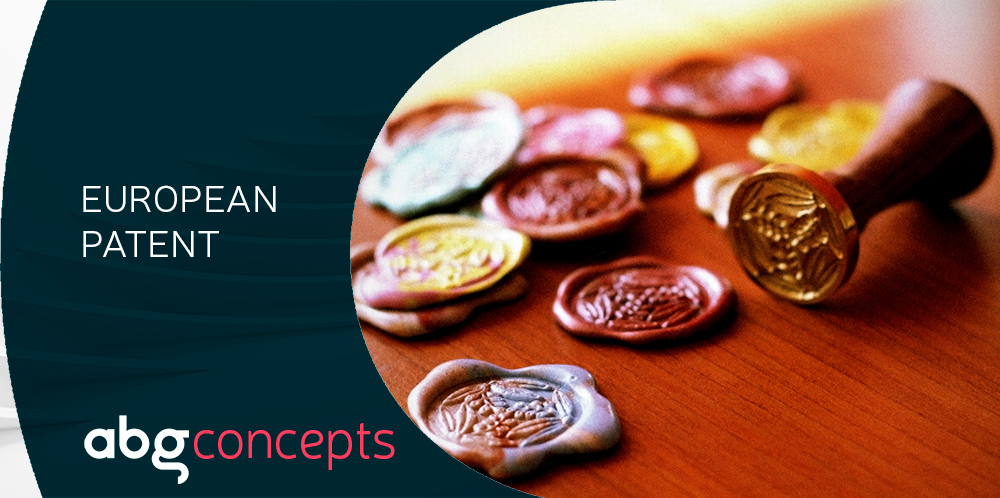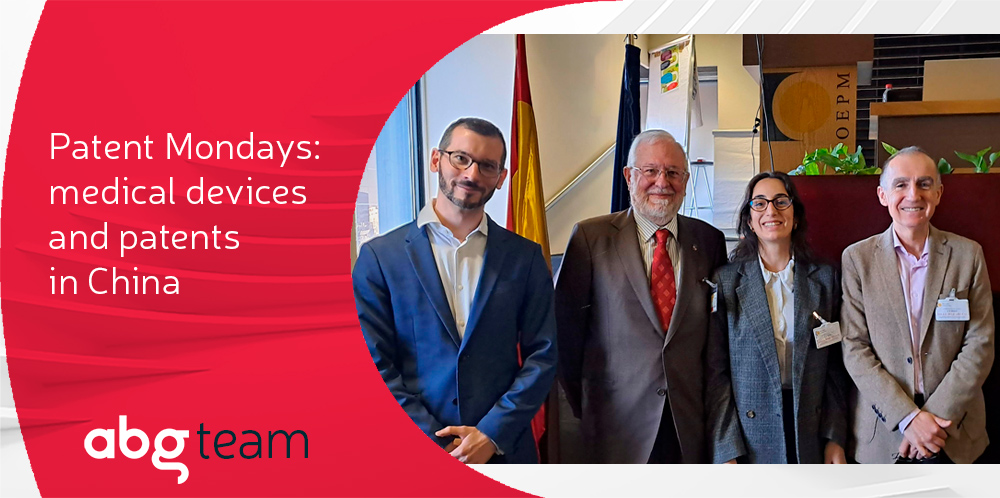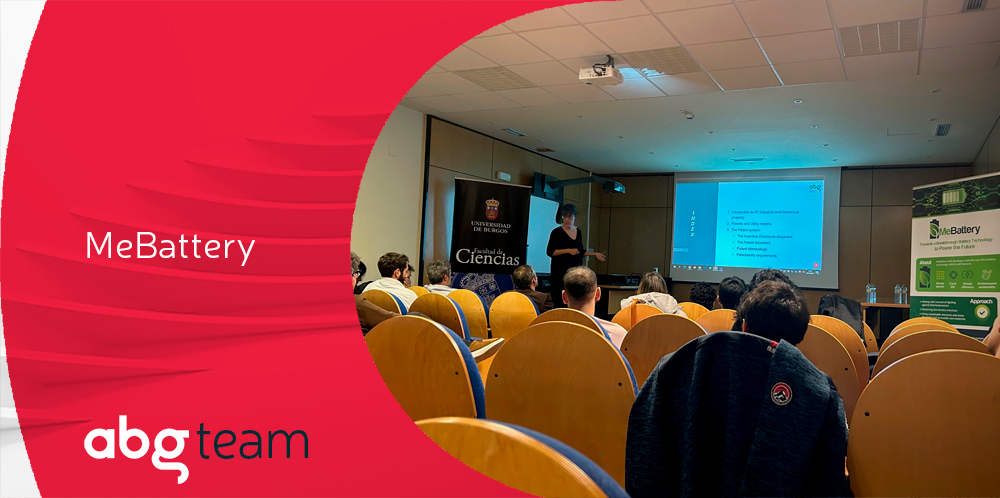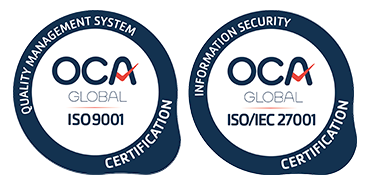Last Update:
- 17/08/2023
European patent applications are the speciality of ABG Intellectual Property. In fact, the members of our team include 18 qualified European patent attorneys, three of whom were examiners for the European Patent Office (EPO).
In this article, we will introduce the European patent system to our readers. This systems allows covering up to 44 countries with a single application.
The origin of the European Patent System
In 1973, sixteen countries signed the European Patent Convention (EPC), which came into force in 1977. This was the beginning of the European Patent Organisation. It was reviewed at the Munich Diplomatic Conference in 2000 and subsequently came into force in 2007.
The EPC allows filing of a single patent application with the European Patent Office (EPO) as well as prosecuting it under a single procedure, and once the patent is granted, it is valiated in the European countries of interest. Each granted European patent becomes a “bundle” of individual national patents.
These patents have the same effect in each of the countries in which they are validated as national patents in those country would.
The advantages of this centralised procedure for granting patents are that it reduces costs and simplifies proceedings by avoiding the need to file and prosecute each patent application individually in each territory of interest.
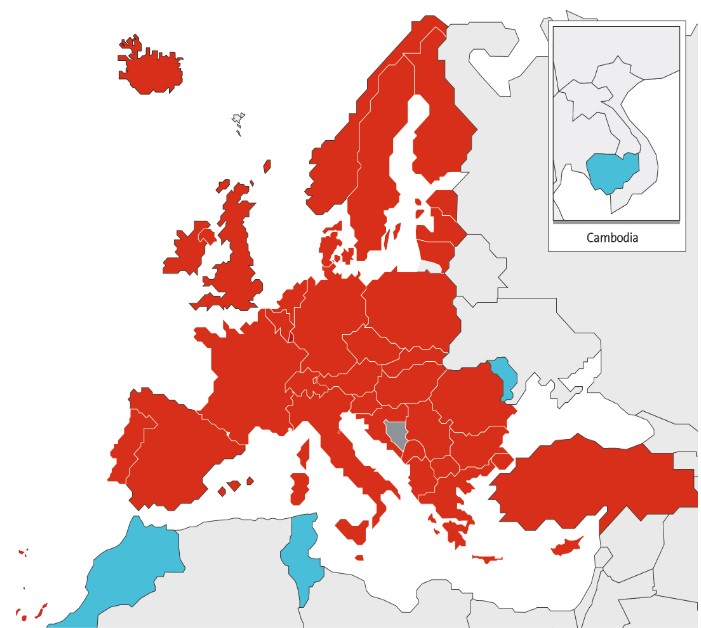
Gradually more countries have joined the European Patent Organisation. Spain joined in 1986. Currently it is made up of 39 member states, an extension state and four validation states.
Since its launch, the European patent system has been a success, with more than 193,460 patent applications filed in 2022, an increase of 2,5% over the previous year. In addition, the European Patent Office, and its Boards of Appeal, which produce case law, have established themselves as a worldwide reference when it comes to assessing the patentability of inventions.
Which inventions can be protected by a European patent?
European patents are granted for inventions in any field of technology that are new, involve an inventive step and have an industrial application. Examples of inventions are a product, a process or an apparatus.
Although the EPC does not provide a definition of what is considered an “invention”, it has a non-exhaustive list of what is not considered an “invention”. This list excludes from patentability, among others, discoveries, scientific theories, mathematical methods, aesthetic creations, computer programs, plans, rules and methods for intellectual activities, games or business methods, presentation of information, varieties of plants or animals, surgical, therapeutic or diagnostic methods carried out on the human or animal body, and inventions contrary to public morality such as the cloning of human beings or the use of human embryos for industrial or commercial purposes.
What are the stages in the processing of a European patent application?
Filing and formal examination
Who can file a European patent application?
Any natural or legal person, irrespective of nationality, place of residence or registered business, may file an application for a European patent.
European patent applications may have a single applicant or several applicants.
In what language can a European patent application be filed?
European patent applications can be filed in any language. However, the prosecution of the patent application will be carried out in one of the three official languages of the EPO, which are English, French and German. Therefore, if the European patent application is not filed in one of these languages, it is necessary to provide a translation into one of them.
Where can a European patent application be filed?
European patent applications can be filed with one of the EPO offices in Munich, The Hague or Berlin, or with the national offices of the Member States.
How can a European patent application be filed?
European patent applications can be filed electronically, in person, by post or by fax.
What documentation is required to file a European patent application?
At its initial stages, the European patent application must meet a number of formal requirements:
- a patent text must be filed,
- a translation of the patent text into English, French or German must be filed if it was originally filed in another language,
- payment of the filing and search fees,
- identify the applicant(s),
- designate the inventor(s),
- appoint a professional representative if the applicant is not from an EPC contracting state
- provide a list of amino acid or nucleotide sequences if the application discloses amino acid or nucleotide sequences and a certificate of deposit of biological material when the invention refers to a biological matter not accessible to the public and when it cannot be described in such a way that an expert can reproduce the invention
- provide a certified copy of the priority document if applicable.
The patent text is made up of an abstract, a description, at least one claim and optionally of figures. The description must explain the invention clearly and sufficiently for a person skilled in the art to be able to reproduce it. The claims define the object for which protection is sought, in terms of technical features.
The EPC states that subject-matter cannot be added to the patent text after it has been filed. As the EPO is very strict in assessing whether there has been addition of subject matter with any amendment to the text, this issue is a particularly problematic one when amending the application.
It is important to prepare a good quality patent text, since the text that is originally filed at the EPO is the one on which all proceedings will be based, from prosecution to litigation, and during the 20 years the patent right lasts for. Any modification of the patent text during the procedure before the EPO, for example, to add a definition that clarifies a technical term, or to create a new particular combination of technical features, would be considered new information in relation to the content of the description originally filed and would therefore not be allowed by the EPO.
After the filing of the patent application, the EPO examines whether the submitted documentation meets all formal requirements. If not, the EPO will invite the applicant to rectify any deficiency within a specified period of time.
Search
What is the Extended European Search Report?
The EPO carries out a prior art search relevant to the invention and produces the European Extended Search Report. This report consists of the European Search Report citing the documents relevant to the patentability of the invention and a Written Opinion on the patentability of the invention. The main requirements assessed in the written opinion are: novelty, inventive step, industrial application, unity of invention, clarity and sufficiency of disclosure.
When is the Extended European Search Report issued?
The EPO usually issues the Extended European Search Report within approximately 6 months from the filing of the patent application.
Publication of the European patent application
When is the European patent application published?
The European patent application is published 18 months after filing or, if priority has been claimed, 18 months after the priority date.
Usually the patent application is published together with the European Search Report.
Why is publication important?
Publication is an important event because:
- the patent application, including the whole patent text, is made available to the public, who can access the details of the invention;
- the European patent application confers provisional protection from publication.
What time limits are determined by publication?
Within 6 months of the publication of the European Search Report, payment of the fees must be made. The fee includes all the member states of the European Patent Organisation, but does not include the extension and validation states. If you wish to obtain protection in the extension and validation states it is necessary to pay the corresponding fees for each country of interest.
The deadline to respond to the deficiencies outlined in the Extended European Search Report (if any) and request examination of the European patent application ends 6 months from the publication of the European Search Report.
Substantive examination
How is the substantive examination requested?
In order to proceed with the substantive examination of the patent application it is necessary to request the examination and pay the corresponding fee. These acts must be completed within 6 months from the publication of the European Search Report.
What does the substantive examination consist of?
During the substantive examination, the EPO examines whether the European patent application meets the requirements of patentability established in the EPC in order to proceed with granting the patent. The main requirements assessed are those identified above.
If the EPO considers that the patent application does not meet the patentability requirements and is therefore not ready to be granted, the EPO informs the applicant by way of an “office action” of any deficiency noted and gives him the opportunity to correct it.
In response, the applicant may amend the claims and/or provide arguments to respond to the objections received.
At present, the substantive examination lasts on average between 1 and 2 years and usually involves the receipt of about two office actions. However, this may vary depending on the prosecution strategy adopted by the applicant.
Grant of European Patents
What is the intention to grant?
The EPO will issue a communication informing of the intention to grant the patent when it considers the patent meets all the requirements of the EPC. The text of the patent application it intends to grant will be attached.
What steps must be taken for the grant to become effective?
For the grant to take place, the text proposed for grant by the EPO must be accepted and the grant and publication fees must be paid. A translation of the claims into the two other official languages of the EPO other than the language of the proceedings must also be provided. For example, if a patent application has been prosecuted in English, a translation of the claims into French and German must be provided.
The deadline to pay these fees and provide the translation of the claims is 4 months from the notification of the intention to grant.
Validation of a European patent
What is validation?
Once the patent is granted, the applicant must validate the patent in each of the designated countries in which he wishes to have legal protection for his invention.
What actions must be done to validate the European patent?
In some countries, such as Germany, the United Kingdom or France, nothing needs to be done for the European patent to be effective. In others, validation may involve the payment of fees and/or the provision of a translation into the official language of the country of the granted claims or of the full text of the granted patent.
In Spain, it is necessary to pay a fee and provide a Spanish translation of the full text.
What is the deadline to validate?
The patentee has a period of 3 months from the publication of the mention of grant to validate the patent in the countries of interest.
How does the European patent granted remain in force?
The granted European patent remains in force in the countries where it has been validated by the payment of the corresponding annual renewal fees directly to the national patent offices.
Before the grant, i.e. during the prosecution of the patent application, annuities must also be paid (starting from the third annuity). At this stage of the procedure, the annuities are paid centrally to the EPO.
What is the duration of the protection conferred by a European patent?
The protection conferred by a European patent is 20 years from the date of filing, provided that the patent remains in force by ensuring payment of renewal fees.
Once the European patent has been granted, can it be lost?
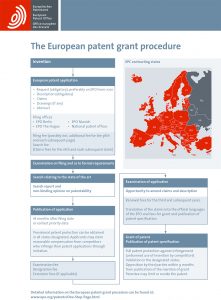
Once the mention of grant of a European patent has been published, third parties have a period of 9 months to file an opposition challenging its validity. The opposition procedure takes place before the Opposition Divisions of the EPO, which have extensive experience in these inter partes proceedings.
After the opposition period has expired, the only possibility of invalidating a European patent is through nullity actions before the courts in each of the countries where the patent has been validated. This is a complex and expensive process which requires resorting to attorneys-at-law, which is why centralized opposition to the European Patent Office is a cost- and procedure-effective option for opponents to have a patent revoked.
What can be done in the event of an unfavourable decision by the EPO?
An unfavourable decision made by the EPO can be appealed to the EPO’s Boards of Appeal.
An appeal may be filed in respect of a decision made both during prosecution (for example, the decision to reject the patent application) and in opposition proceedings (for example, the decision to revoke the patent or to maintain it either as granted or amended).
European Patent: a breakthrough for innovation
The European patent system has brought about a major change not only for the innovation sector, which is saved time and paperwork when comes to protecting its industrial property, but also for society as a whole. With assets protected with a single procedure over a wide territory, scientific and technical advances circulate more easily across borders and become available to a greater number of people.
In addition, patent databases are a large archive of scientific and technological knowledge. Their use avoids duplication of research and in many cases, are a source for finding solutions to problems already solved.
In recent years, the European Patent Office has made many changes to the procedure in order to simplify and accelerate it. One of its objectives is that the majority of applications are examined and eventually granted within 3 years from the date of filing.
